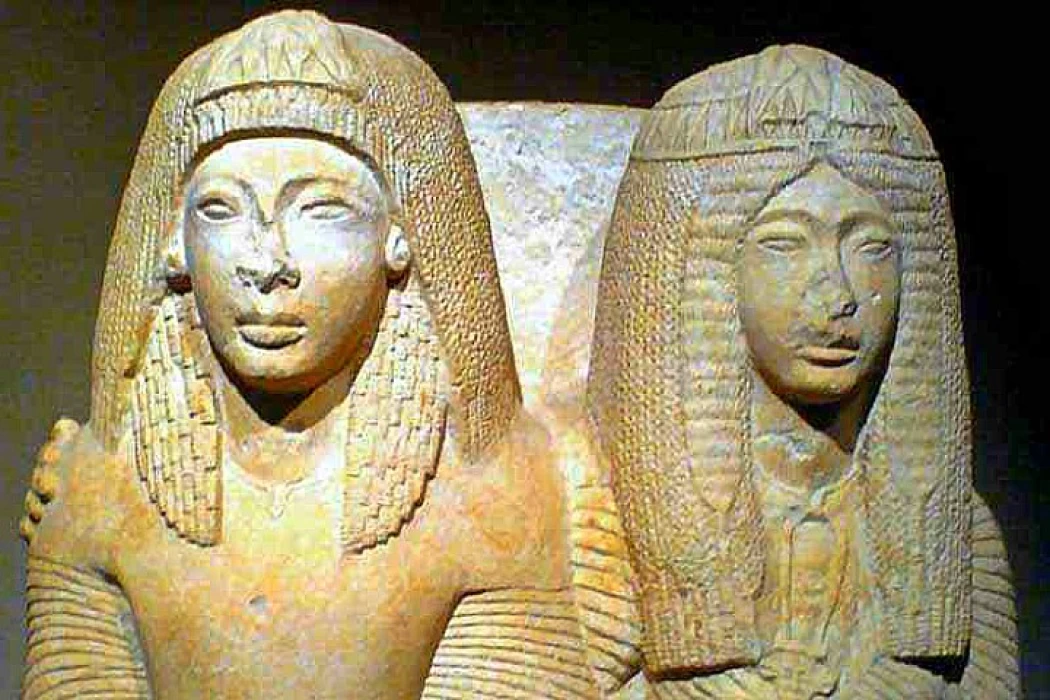
The Fourteenth Dynasty of Ancient Egypt
Details About Ancient Egypt's Fourteenth Dynasty
The era of the Fourth Dynasty began with the reign of "Sinfroy" or "Petah Sinfroy", as his parents called him, meaning God "Bustafi Gemini". From its inception, the era marked a new renaissance during which Egypt's commercial activity with its neighbors expanded, its military activity extended to the ends of its borders, and its architecture and arts developed broadly.
Its trade with Phoenicia has expanded so that the Sinfro Yearbooks have been listed on a list of 40 vessels with timber. "Nest", during one of Hakmah1's years, was a rice or pine wood used by men in the construction of large vessels, some of which were 100 arms long, about fifty-two metres long, and in the manufacture of mansion doors and some of the interior of the pyramid.
His reign appears to have been of particular interest to navigation; His yearbooks mentioned a project to manufacture sixty vessels, each with sixteen oars, in one batch. The magnitude of the Nile boat found in the vicinity of his son's pyramid, Khovu , made sure that the Yearbooks of Stone had been told about the magnitude of the naval vessels in his reign.
The yearbooks themselves recorded extensive military activity in securing the southern and western borders and their people's return to order and obedience, and they were somewhat aggravated in this way. The Covenant provides similar activity on the eastern border and on the Sinai Peninsula, and Sinai as part of Egypt has been important to the country's economies and industry.
It remained the main supplier of turquoise, fudge, and copper, part of which was called turquoise stands. In its location, it defies the methods of land trade between Egypt and South Sham, but for its extremism, breadth, and desertification, poverty often prompts its Bedouin tribes from time to time to threaten investment missions, trade convoys, and attacks them, looting their supplies and goods.
It is therefore incumbent upon governments in ancient Egypt to proceed with the protection of their missions and convoys with troops accompanying them and ensuring their safety and prestige. It was not without clashes between government forces and Bedouins.














